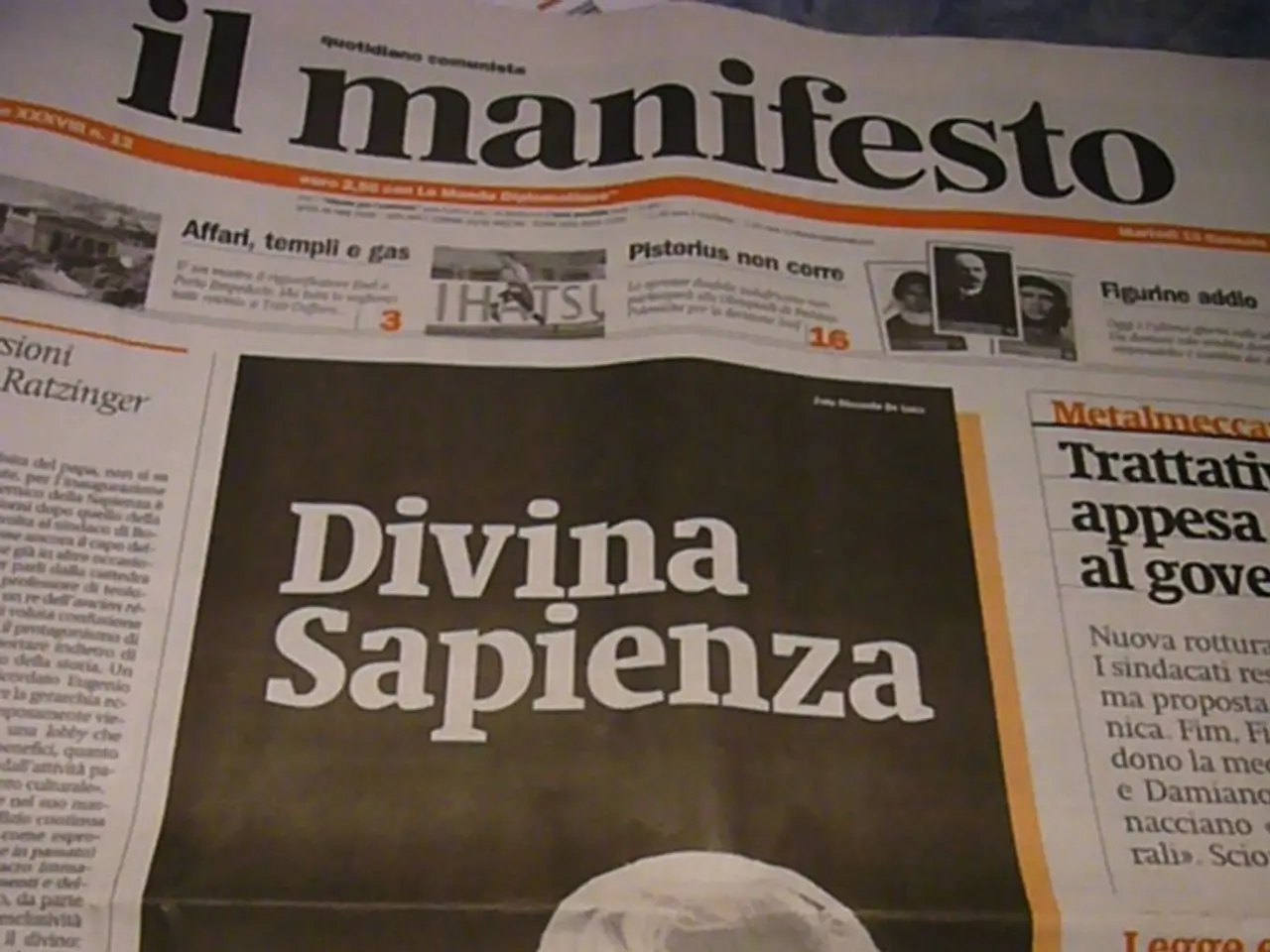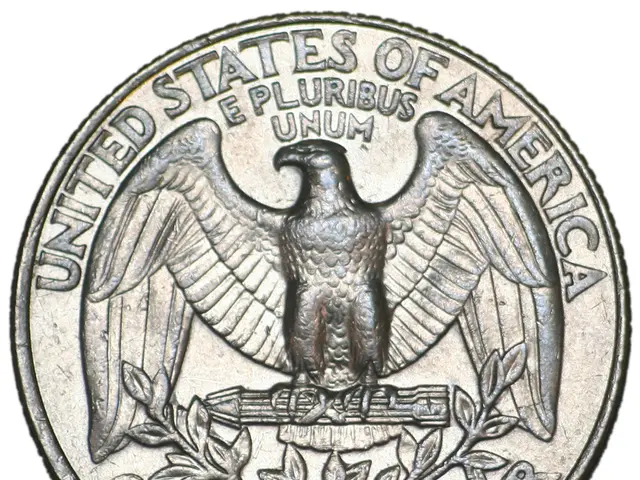Pioneer of the World's Initial Podcasting Journey
=====================================================================
In the heart of Europe, Budapest witnessed a groundbreaking innovation in 1893, with the launch of the world's first true "telephone newspaper," the Telefonhírmondó. This revolutionary service, developed by engineer Tivadar Puskás, allowed subscribers to dial a phone number and listen to real-time news and entertainment, marking an early form of radio content delivered through telephone lines.
The Birth of Telefonhírmondó
On February 15, 1893, Telefonhírmondó made its official debut with around 60 initial subscribers. Puskás, inspired by his work with Thomas Edison, envisioned a global reach for this service one day. However, his untimely death shortly after the launch led his brother Albert to take over, followed by István Popper's acquisition of the company.
Growth and Regulation
Over time, the number of Telefonhírmondó subscribers grew significantly, reaching approximately 15,000 by 1907, including notable politicians, businesses, and hotels. The service was subject to governmental regulations, such as sending news transcripts to the police three times daily. To maintain its operations, the company built its own telephone network separate from the regular telephone service.
A Unique Precursor to Radio
Telefonhírmondó predates widespread radio broadcasting, which began around the early 20th century. It was unique because it used telephone lines for audio content delivery, whereas early radio used wireless transmission. Unlike early radio, which was broadcast over the airwaves to the general public, Telefonhírmondó required a telephone line connection and subscription, making it more of a private network.
Special Features and Advertisements
Subscribers were signalled special alerts through a buzzer in their homes. The service allowed users to put one earpiece on each ear or share with a friend. It also ran advertisements, with a 12-second spot costing 1 krone.
The Legacy of Telefonhírmondó
The Telefonhírmondó service continued until 1944, though from 1925, it mostly rebroadcasted radio station programming. By 1930, the service had over 91,000 subscribers. Despite attempts to replicate the service in the United States and Italy, it was a distinctive early example of audio news dissemination. The private phone network in Budapest did not survive World War II, marking the end of telephonic newspapers in the city.
In summary, Telefonhírmondó was an innovative, pioneering telephone newspaper that laid important groundwork for future audio news and entertainment distribution. Its legacy continues to influence the evolution of mass communication, from radio to digital news services.
- The service, inspired by the work of Thomas Edison, was initially envisioned by Puskás to have a global reach, much like how modern technology like programming enables content to be shared across boundaries.
- With its unique delivery method through telephone lines, Telefonhírmondó can be considered an early precursor to technology we know today, such as radio programming and digital streaming services.




